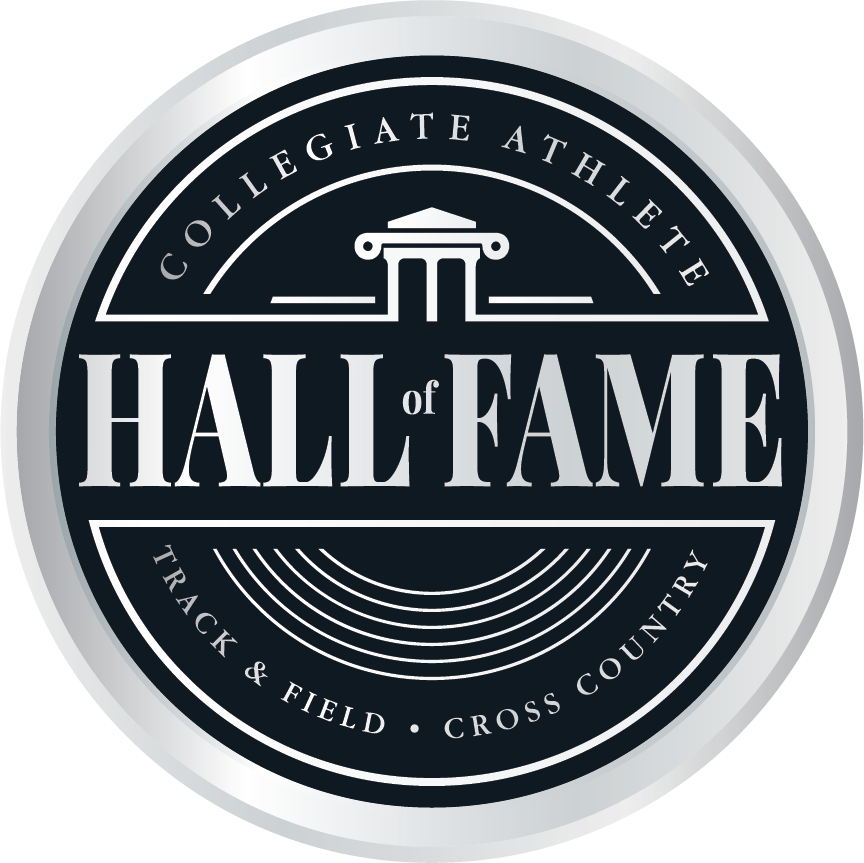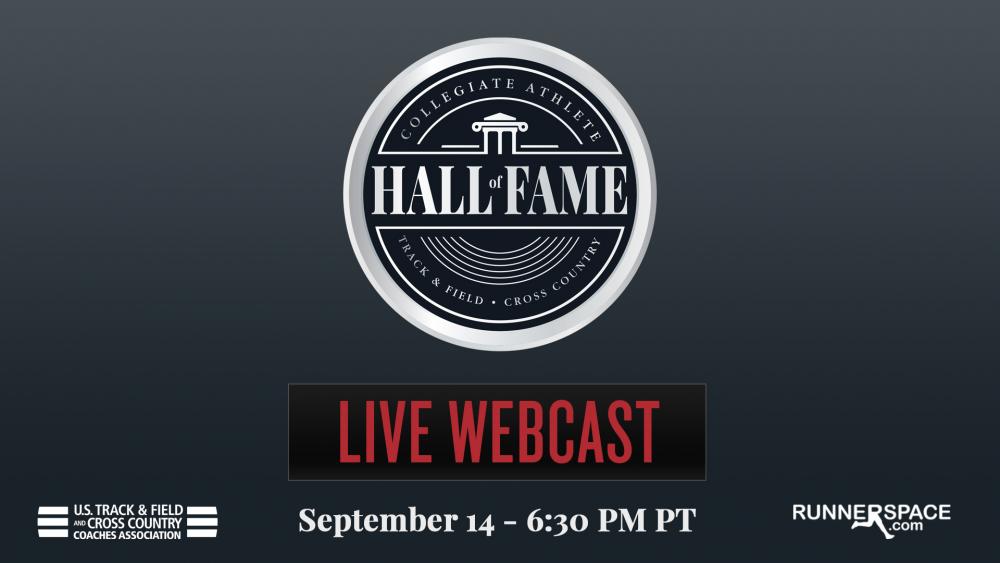Collegiate Athlete Hall of Fame
Person SearchFilter by Induction ClassCollegiate Institution SearchMost Inductees by Collegiate InstitutionBrowse by Page
Collegiate Athlete Hall of Fame

Amy Acuff, UCLA
Collegiate Athlete Hall of Fame
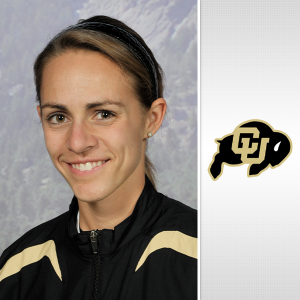
Jenny Barringer, Colorado
Collegiate Athlete Hall of Fame
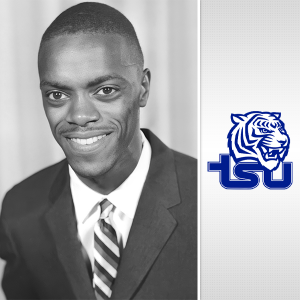
Ralph Boston, Tennessee State
Collegiate Athlete Hall of Fame

Cathy Branta, Wisconsin
Collegiate Athlete Hall of Fame

Rosalyn Bryant, Cal State LA
Collegiate Athlete Hall of Fame
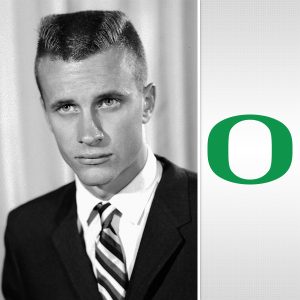
Dyrol Burleson, Oregon
Collegiate Athlete Hall of Fame

Bert Cameron, UTEP
Collegiate Athlete Hall of Fame
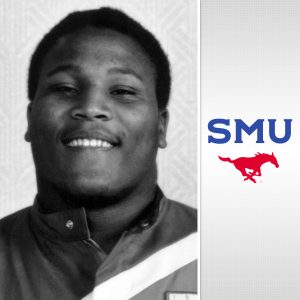
Michael Carter, SMU
Collegiate Athlete Hall of Fame

Regina Cavanaugh, Rice
Collegiate Athlete Hall of Fame
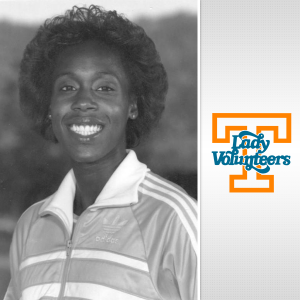
Joetta Clark, Tennessee
Collegiate Athlete Hall of Fame

Michael Conley, Arkansas
Collegiate Athlete Hall of Fame

Hollis Conway, Louisiana
Collegiate Athlete Hall of Fame

Joaquim Cruz, Oregon
Collegiate Athlete Hall of Fame
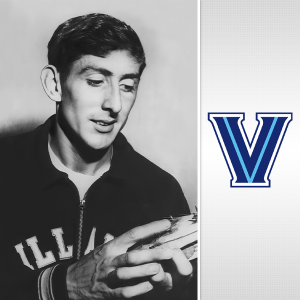
Ron Delany, Villanova
Collegiate Athlete Hall of Fame

Bill Dellinger, Oregon
Collegiate Athlete Hall of Fame
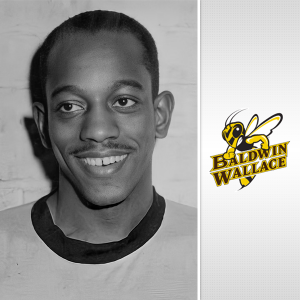
Harrison Dillard, Baldwin Wallace
Collegiate Athlete Hall of Fame

Joe Falcon, Arkansas
Collegiate Athlete Hall of Fame
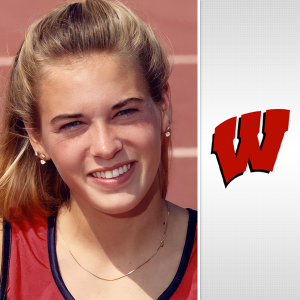
Suzy Favor, Wisconsin
Collegiate Athlete Hall of Fame

Benita Fitzgerald, Tennessee
Collegiate Athlete Hall of Fame
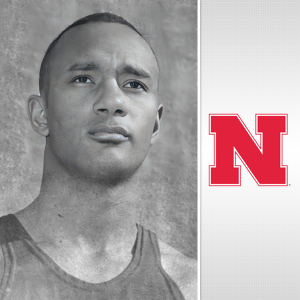
Charlie Greene, Nebraska
Collegiate Athlete Hall of Fame
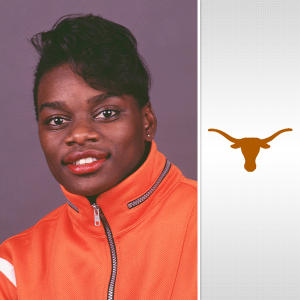
Carlette Guidry, Texas
Collegiate Athlete Hall of Fame

Diane Guthrie, George Mason
Collegiate Athlete Hall of Fame

Glenn Hardin, LSU
Collegiate Athlete Hall of Fame
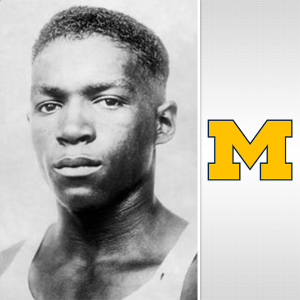
DeHart Hubbard, Michigan
Collegiate Athlete Hall of Fame
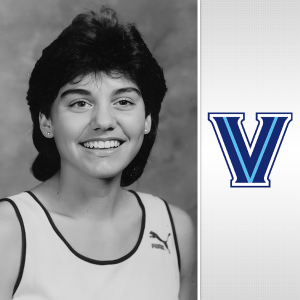
Vicki Huber, Villanova
Collegiate Athlete Hall of Fame

Sheila Hudson, California
Collegiate Athlete Hall of Fame
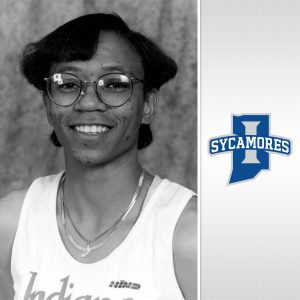
Holli Hyche, Indiana State
Collegiate Athlete Hall of Fame
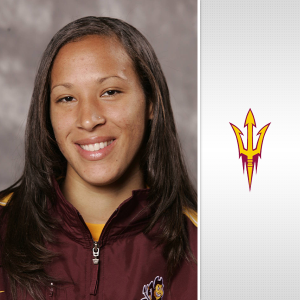
Jackie Johnson, Arizona State
Collegiate Athlete Hall of Fame

Larance Jones, Truman
Collegiate Athlete Hall of Fame
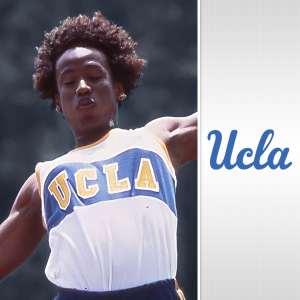
Jackie Joyner, UCLA
Collegiate Athlete Hall of Fame
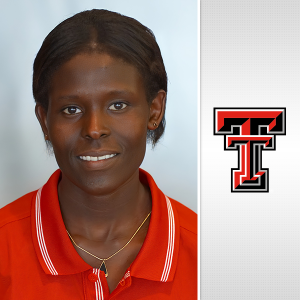
Sally Kipyego, Texas Tech
Collegiate Athlete Hall of Fame

Balázs Kiss, Southern California
Collegiate Athlete Hall of Fame
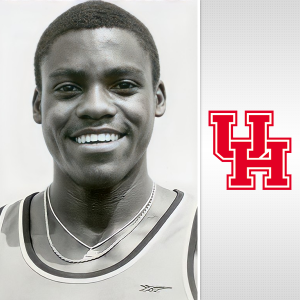
Carl Lewis, Houston
Collegiate Athlete Hall of Fame
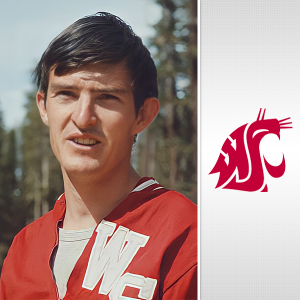
Gerry Lindgren, Washington State
Collegiate Athlete Hall of Fame
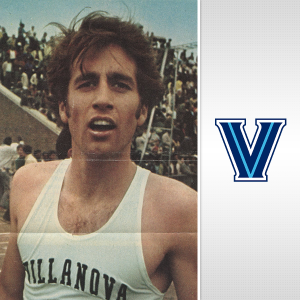
Marty Liquori, Villanova
Collegiate Athlete Hall of Fame

Madeline Manning, Tennessee State
Collegiate Athlete Hall of Fame
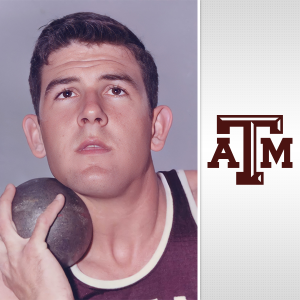
Randy Matson, Texas A&M
Collegiate Athlete Hall of Fame
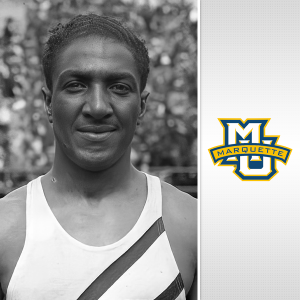
Ralph Metcalfe, Marquette
Collegiate Athlete Hall of Fame
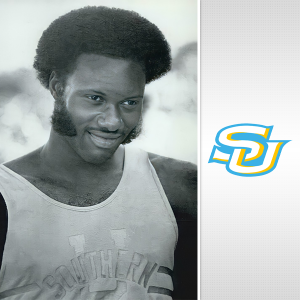
Rodney Milburn, Southern
Collegiate Athlete Hall of Fame
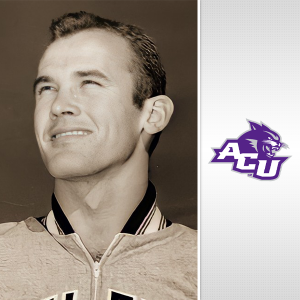
Bobby Morrow, Abilene Christian
Collegiate Athlete Hall of Fame

Edwin Moses, Morehouse
Collegiate Athlete Hall of Fame

Larry Myricks, Mississippi College
Collegiate Athlete Hall of Fame
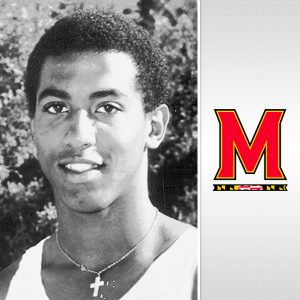
Renaldo Nehemiah, Maryland
Collegiate Athlete Hall of Fame

Scott Neilson, Washington
Collegiate Athlete Hall of Fame
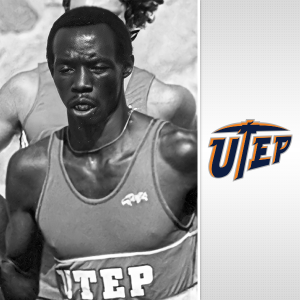
Suleiman Nyambui, UTEP
Collegiate Athlete Hall of Fame

Sonia O'Sullivan, Villanova
Collegiate Athlete Hall of Fame
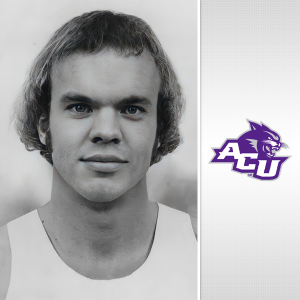
Billy Olson, Abilene Christian
Collegiate Athlete Hall of Fame
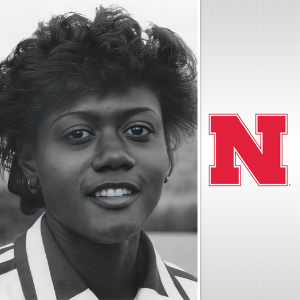
Merlene Ottey, Nebraska
Collegiate Athlete Hall of Fame
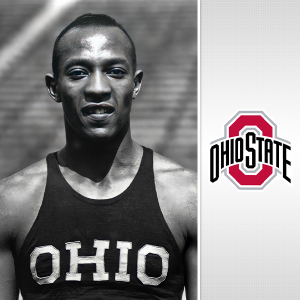
Jesse Owens, Ohio State
Collegiate Athlete Hall of Fame
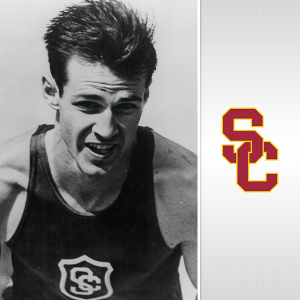
Mel Patton, Southern California
Collegiate Athlete Hall of Fame
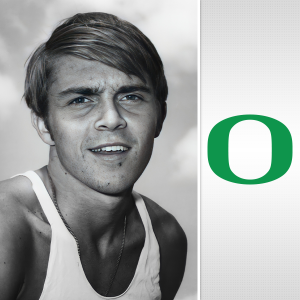
Steve Prefontaine, Oregon
Collegiate Athlete Hall of Fame

Suziann Reid, Texas
Collegiate Athlete Hall of Fame
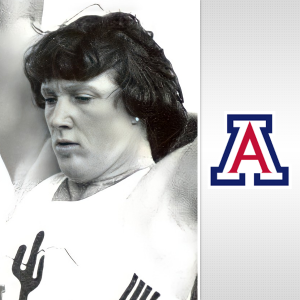
Meg Ritchie, Arizona
Collegiate Athlete Hall of Fame

Louise Ritter, Texas Woman's Univ.
Collegiate Athlete Hall of Fame
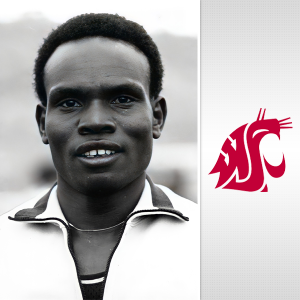
Henry Rono, Washington State
Collegiate Athlete Hall of Fame
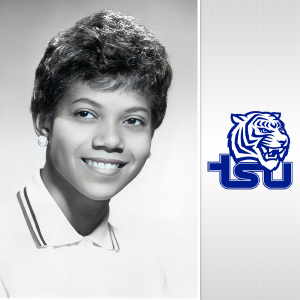
Wilma Rudolph, Tennessee State
Collegiate Athlete Hall of Fame

Gillian Russell, Miami (Fla.)
Collegiate Athlete Hall of Fame
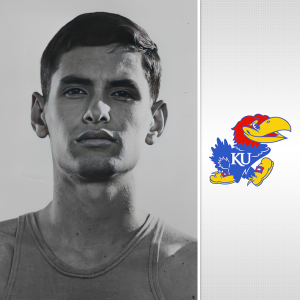
Jim Ryun, Kansas
Collegiate Athlete Hall of Fame

Karl Salb, Kansas
Collegiate Athlete Hall of Fame

Julie Shea, NC State
Collegiate Athlete Hall of Fame

Amy Skieresz, Arizona
Collegiate Athlete Hall of Fame

Trecia-Kaye Smith, Pittsburgh
Collegiate Athlete Hall of Fame

Seilala Sua, UCLA
Collegiate Athlete Hall of Fame
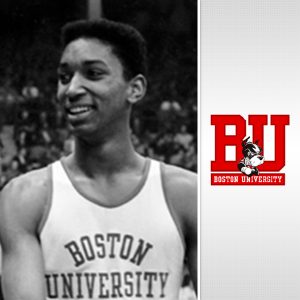
John Thomas, Boston University
Collegiate Athlete Hall of Fame

Spec Towns, Georgia
Collegiate Athlete Hall of Fame
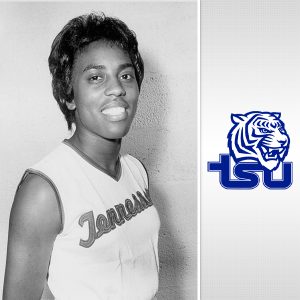
Wyomia Tyus, Tennessee State
Collegiate Athlete Hall of Fame
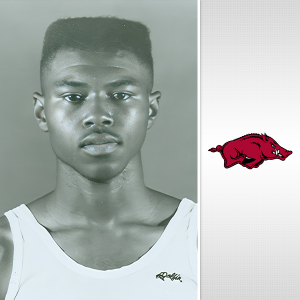
Erick Walder, Arkansas
Collegiate Athlete Hall of Fame

Angela Williams, Southern California
Collegiate Athlete Hall of Fame
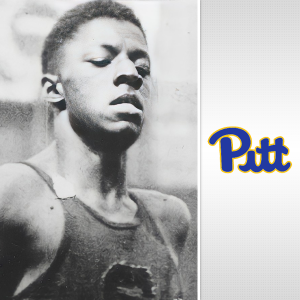
John Woodruff, Pittsburgh
Collegiate Athlete Hall of Fame
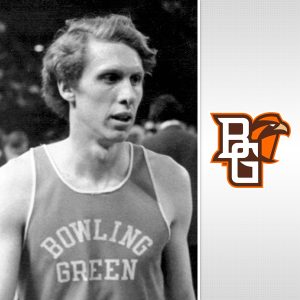
Dave Wottle, Bowling Green

Class of 2025 Inducted Into The Collegiate Athlete Hall of Fame
August 13, 2025
The Class of 2025 was inducted into the Collegiate Athlete Hall of Fame this past weekend at the Hult Center for the Performing Arts in Eugene, Oregon. Here is a photo gallery of the evening. Photos by Errol Anderson.
2025 Collegiate Athlete Hall of Fame Induction
Hult Center for Performing Arts — Eugene, Ore.
June 8, 2025 — 8:00 PM ET
Photo Gallery
2024 Collegiate Athlete Hall of Fame Induction
Hult Center for Performing Arts — Eugene, Ore.
June 2, 2024 — 8:00 PM ET
Photo Gallery
2023 Collegiate Athlete Hall of Fame Induction
Hult Center for Performing Arts — Eugene, Ore.
September 14, 2023 — 9:30 PM ET
2022 Collegiate Athlete Hall of Fame Induction
Hult Center for Performing Arts — Eugene, Ore.
June 6, 2022
PATRONS
John Beynon
Greg & Anne Erwin
Pat Flanagan
Preston & Vicki Johnson
Ross & Kayla Krempley
Mondo USA
Travel Lane County
Bill & Mary Underriner
PATRON COACHES
Curtis Frye
Pat Henry
Wes Kittley
Vin Lananna
Cliff Rovelto
Sam Seemes
Dennis Shaver
Connie Price Smith
Dan Waters

